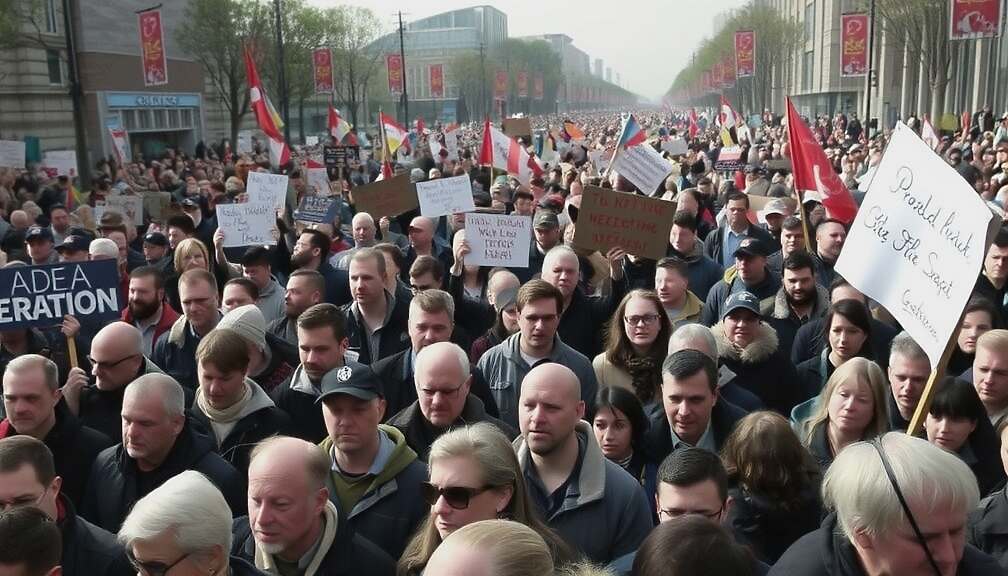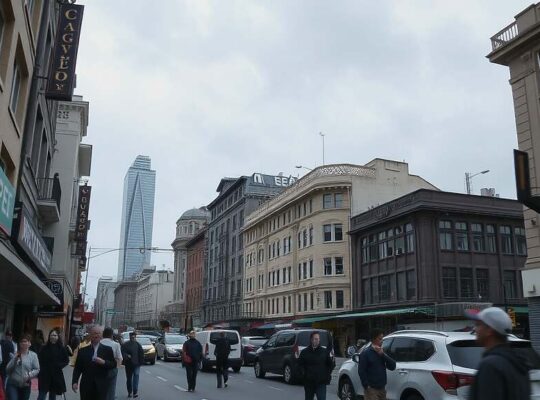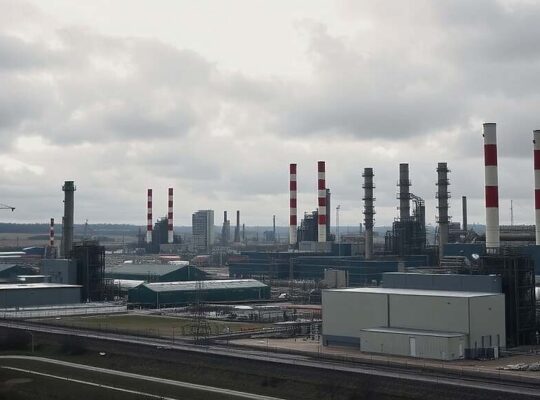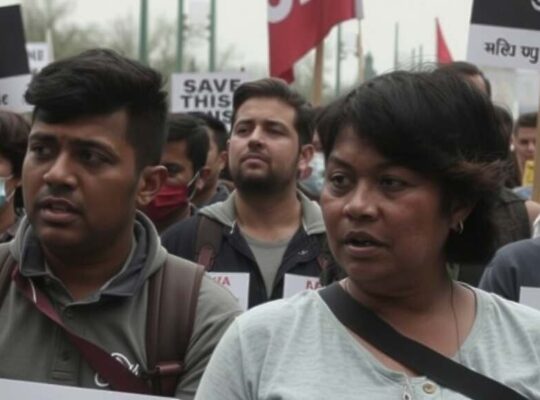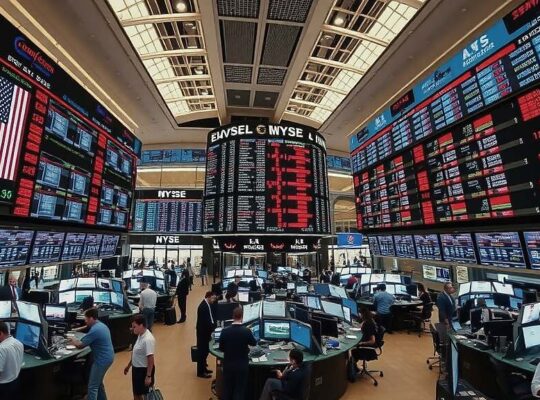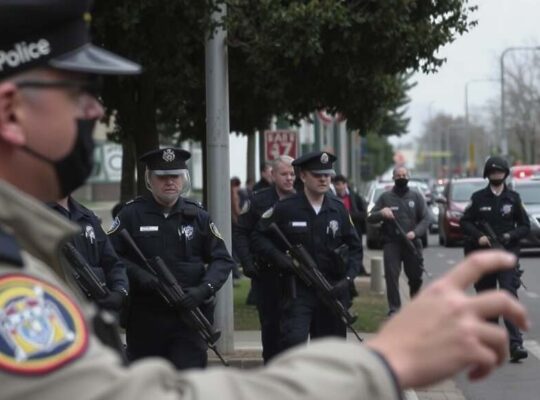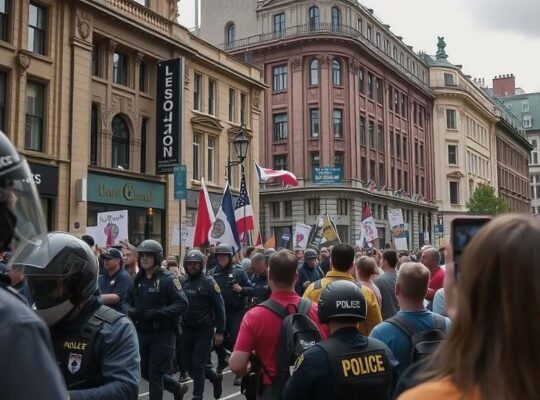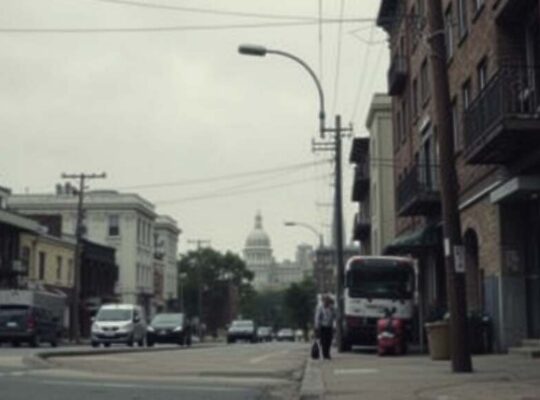Across the United States, unprecedented demonstrations unfolded on Saturday, drawing widespread participation against the policies and leadership of President Donald Trump. Organizers claim nearly seven million people joined the “No Kings” rallies nationwide, a significant increase of two million compared to similar protests held in June, signaling a deepening and broadening opposition movement.
The demonstrations, occurring in major urban centers like Los Angeles and New York, as well as in cities including Chicago, Washington D.C. and Austin, showcased a palpable sense of frustration and dissent. Protestors voiced concerns ranging from governmental gridlock to the President’s disregard for established scientific principles. Slogans like “We Want the Whole Government to Function” and pointed references to reversing the “Make America Great Again” mantra filled the streets.
Significant political figures from the Democratic party actively participated, lending credibility and visibility to the movement. Senators Bernie Sanders and Chris Murphy addressed crowds in Washington D.C., further politicizing the demonstrations and offering platforms for critique. Notably, television personality and author Bill Nye publicly accused the Trump administration of neglecting fundamental scientific facts, alleging a deliberate suppression of scientific advancement detrimental to public health, economic prosperity and the nation’s global competitiveness.
Criticism also centered on the President’s restrictive immigration policies. Illinois Governor JB Pritzker, speaking in Chicago, levied direct accusations against Trump and senior advisor Stephen Miller, alleging a systemic targeting of immigrants, African Americans, LGBTQ+ individuals and political opponents. The governor’s remarks underscored a perception of deliberate political persecution prevalent within a significant portion of the protesting population.
While Republican officials previously attempted to discredit the protests, characterizing them as the work of “violent leftist radicals” and “hate America” rallies, the demonstrations largely maintained a peaceful and festival-like atmosphere. The size and scope of the gatherings represent a substantial challenge to the administration’s narrative and highlight the significant and growing political discontent simmering across the nation, demanding a more critical evaluation of the President’s policies and their impact on American society.


